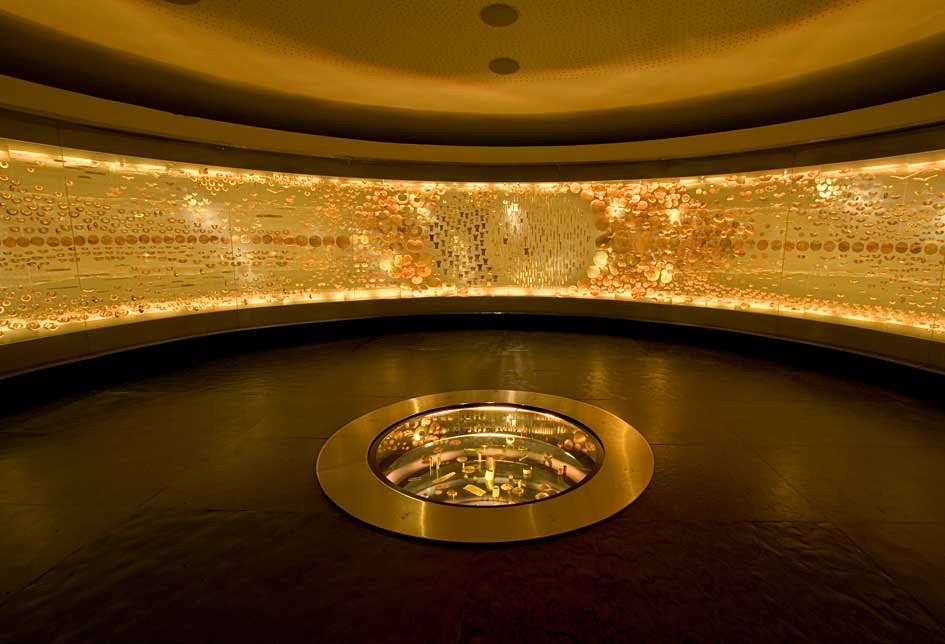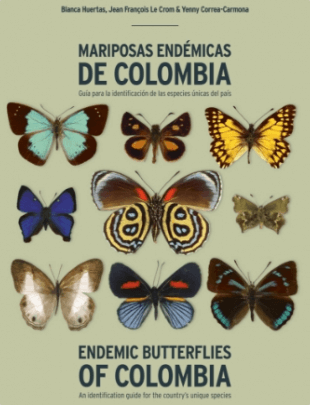It’s either the shine or the color or the knowledge of how its weight will feel in the palm of your hand. No-one can be sure what makes the first sight of gold so intoxicating – only that this is the world’s most cherished metal.
Nowhere on earth houses a collection of gold like that of the Gold Museum Bogotá, frequently named among the world’s finest museums and certainly the largest collection of gold artifacts anywhere on the planet, particularly pre-Columbian.
More than half a million visitors each year make their way to this immaculate museum, in the charming colonial quarter of La Candelaria, and are dazzled by its exhibits.
But there is a dark side too. A story of barbarity and looting that goes back centuries and is proof of the overwhelming allure of this most precious metal.
You may also be interested in: Destinations with traditions that fall in love.
Here we consider what makes a trip to the Gold Museum Bogotá, the best-known of the Bogotá museums, an unmissable stop on any trip to the Colombian capital:
Preserving and protecting a country’s story

The Gold Museum Bogotá is a highlight of tourism in Bogotá and also a journey through the country’s rich indigenous history.
The museum was founded in 1934 to protect and preserve Colombia’s archaeological patrimony and has held the very first of its exhibits, the Poporo Quimbaya, for the best part of a century.
Poporos are used in indigenous culture to store tiny amounts of lime produced by crushing and burning shells. This lime is consumed while chewing coca – a sacred act in many indigenous cultures that imbues the poporo with power and prestige.
As with every exhibit, the Poporo Quimbaya tells its own story. This ceremonial vessel dates from around the year 300 and was stolen from an indigenous burial chamber in the department of Antioquia at a time when grave robberies were rife.
This pre-Columbian goldwork is one of the world’s most recognized and has been housed in the Gold Museum Bogotá ever since, ensuring it remains part of the lasting legacy of the Quimbaya people, who once inhabited the Colombian coffee district.
You may also be interested in: Tourism in Bogota: a city for experiencing culture
A hall for the cultures that came before
The Quimbaya, who excelled at metallurgy as well as hunting, agriculture and the creation of textiles, are not the only indigenous group represented in the museum. Visitors to the ‘People and Gold in Pre-Hispanic Colombia’ room will find a hall for the Calima, Quimbaya, Muisca, Zenu, Tierradentro, San Agustin, Tolima, Tairona and Uraba peoples, all of whom worked rare, intricate pieces from gold.
In total, the Gold Museum Bogotá has collected more than 55,000 pieces of goldwork, of which around 6,000 pieces are generally on public display. It also has items made from bone, stone, ceramics and textiles, from peoples including the Tumaco, Narino, Cauca, Chocoóand Malagana. It’s no wonder Colombians today often think of their forebears as “people of gold”.
You may also be interested in:Destinations with dream experiences.
The legend of El Dorado
Perhaps the finest piece in the entire Gold Museum Bogotá is the Muisca Raft, which portrays the ritual that brought about the famous story of El Dorado.
Legend has it that there was once a place in South America where everything was made from gold. Sixteenth-century Europeans, obsessed by the story of the mythical El Dorado, traveled great distances in a bid to uncover its treasure.
The rumor began with the story of the Muisca people, who anointed the new heir to their priesthood, known as a zipa, with gold dust and emeralds before sending the zipa out on a ceremonial raft made from rushes to plunge into the deep, emerald-colored waters of Guatavita Lake, near Bogotá.
Worshippers then threw jewelry and other precious items into the lake, fueling the legend of El Dorado. No attempt to drain the lake has ever succeeded.
In 1969, three farmers found a ceramic pot in a cave in a nearby town. It was decorated with a human figure whose face had extremely sharp teeth and broke open to reveal the Muisca Raft, a stunning piece of goldwork that depicts the Muisca ritual.
The work was protected by the local priest before it was taken to the Gold Museum Bogotá and became the museum’s most important display.
You may also be interested in: Sanctuary of Monserrate
A vital piece of human history
The Gold Museum Bogotá is so special that, in 2018, National Geographic magazine named it one of the best museums in the world, alongside the Auschwitz-Birkenau Memorial and Museum in Poland, the Vatican museums in Italy and the Pergamon Museum in Berlin, among others.























